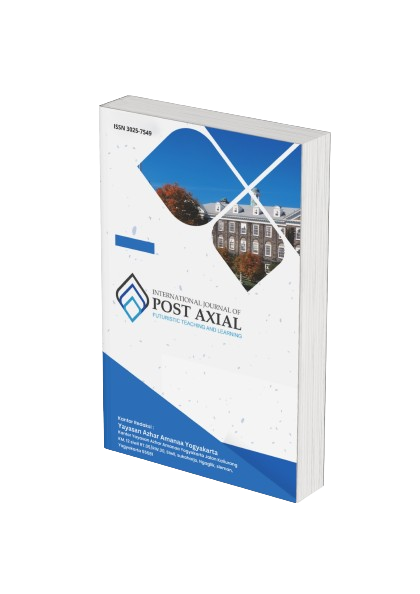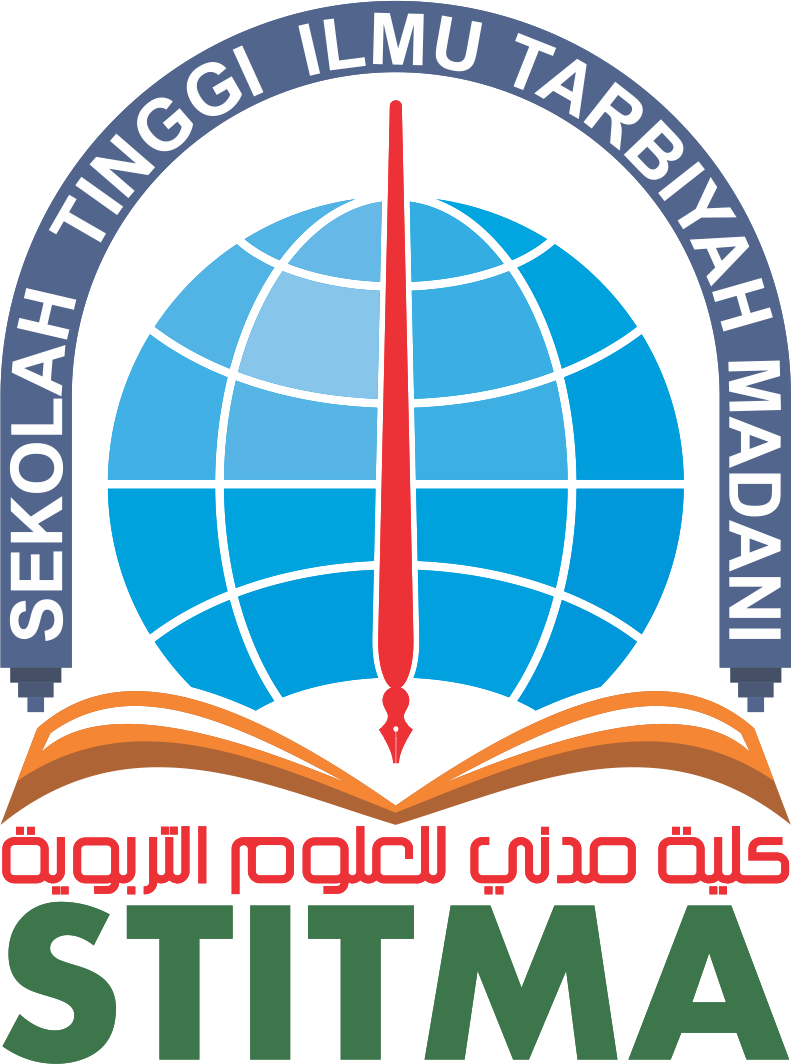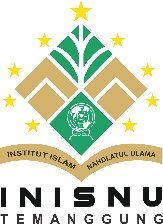Strategies for the Internationalization of Higher Education: Opportunities and Challenges in a Globalized World
DOI:
https://doi.org/10.59944/postaxial.v3i1.414Keywords:
Strategies, Education Curriculum, Internationalization of Higher Education, Opportunities, ChallengesAbstract
This research explores the integration of critical thinking skills into educational curricula to meet 21st-century social and economic demands. Critical thinking empowers students to analyze information, make informed decisions, and solve problems creatively, making it vital in modern education. The study reviews practices in Finland, Singapore, and Canada, focusing on student-centered methods like inquiry-based learning and collaborative activities that enhance cognitive skills and academic performance. However, challenges include inconsistent teaching, varied assessments, and inadequate teacher training. A qualitative approach was used, employing case studies and comparative analysis of Finland, Singapore, and Canada’s educational systems. Data were collected through interviews with educators, surveys of students and parents, and curriculum analysis. Findings emphasize the need for standardized critical thinking education, clear assessment frameworks, and more educator support to optimize implementation, enhancing student engagement, academic success, and lifelong learning. Future research should explore long-term impacts and best practices to ensure equitable access to critical thinking education.
References
Abrami, P. C., Bernard, R. M., Borokhovski, E., Waddington, D. I., Wade, A., & Persson, T. (2015). Strategies for teaching students to think critically: A meta-analysis. Review of Educational Research, 85(2), 275-314. https://doi.org/10.3102/0034654314558493
Carnevale, A. P., Smith, N., & Strohl, J. (2013). Recovery: Job growth and education requirements through 2020. Georgetown University Center on Education and the Workforce.
Ennis, R. H. (2018). Critical thinking across the curriculum: A vision. Topoi, 37(1), 165-184. https://doi.org/10.1007/s11245-016-9401-4
Facione, P. A. (2020). Critical thinking: What it is and why it counts. Insight Assessment.
Fisher, A., & Scriven, M. (2017). Critical thinking: Its definition and assessment. Edgepress.
Fitrianto, I. (2019). ماليزيا بجامعة دار السلام كونتور العام: KUISتنفيذ الدورة المكثفة في اللغة العربية لطلاب الكلية الجامعية الإسلامية العالمية بسلانجور 2018 (Doctoral dissertation, University of Darussalam Gontor).
Fitrianto, I. (2024). Critical Reasoning Skills: Designing an Education Curriculum Relevant to Social and Economic Needs. International Journal of Post Axial: Futuristic Teaching and Learning, 245-258.
Fitrianto, I. (2024). Innovation and Technology in Arabic Language Learning in Indonesia: Trends and Implications. International Journal of Post Axial: Futuristic Teaching and Learning, 134-150.
Fitrianto, I. (2024). Strategi Guru Pai Dalam Mengatasi Kesulitan Belajar Pada Mata Pelajaran Hadis Kelas 8 MTS Ibadurrahman Subaim. IJER: Indonesian Journal of Educational Research, 356-363.
Fitrianto, I., & Abdillah, F. M. (2018). MODEL PEMBELAJARAN PROGAM PEMANTAPAN BAHASA ARAB DAN SHAHSIAH (KEMBARA) KE 4 MAHASISWA KOLEJ UNIVERSITI ISLAM ANTAR BANGSA SELANGOR (KUIS) TAHUN 2018. University of Darussalam Gontor 15-16 September 2018, 121.
Fitrianto, I., & Hamid, R. (2024). Morphosemantic Changes in the Arabic Language in the Social Media Era: A Study of Neologisms and Their Impact on Youth Communication/التغيرات المورفوسيمانتية في اللغة العربية في عصر وسائل التواصل الاجتماعي: دراسة حول النيو لوغيزم وتأثيرها على تواصل الشباب. IJAS: International Journal of Arabic Studies, 1(1 September), 25-39.
Fitrianto, I., & Saif, A. (2024). The role of virtual reality in enhancing Experiential Learning: a comparative study of traditional and immersive learning environments. International Journal of Post Axial: Futuristic Teaching and Learning, 97-110.
Fitrianto, I., Hamid, R., & Mulalic, A. (2023). The effectiveness of the learning strategy" think, talk, write" and snowball for improving learning achievement in lessons insya'at Islamic Boarding School Arisalah. International Journal of Post Axial: Futuristic Teaching and Learning, 13-22.
Fitrianto, I., Setyawan, C. E., & Saleh, M. (2024). Utilizing Artificial Intelligence for Personalized Arabic Language Learning Plans. International Journal of Post Axial: Futuristic Teaching and Learning, 30-40.
Flores, K. L., Matkin, G. S., Burbach, M. E., Quinn, C. E., & Harding, H. (2016). Deficient critical thinking skills among college graduates: Implications for leadership. Educational Philosophy and Theory, 44(2), 212-230. https://doi.org/10.1080/00131857.2011.627979
Hattie, J. (2015). Visible learning: A synthesis of over 800 meta-analyses relating to achievement. Routledge.
Johnson, R. L., & Smith, M. (2017). Critical thinking and the integration of technology in educational settings: A case study. Journal of Educational Technology & Society, 20(2), 74-86.
Lai, E. R. (2018). Critical thinking: A literature review. Pearson Research Reports.
Lee, C. (2019). Strategies for teaching critical thinking in elementary education. Journal of Educational Research, 112(3), 261-271. https://doi.org/10.1080/00220671.2018.1471512
Lipman, M. (2018). Thinking in education. Cambridge University Press.
McPeck, J. E. (2016). Critical thinking and education. Routledge.
OECD. (2018). The future of education and skills: Education 2030. OECD Publishing.
Paul, R., & Elder, L. (2019). The miniature guide to critical thinking concepts and tools. Foundation for Critical Thinking.
Saavedra, A. R., & Opfer, V. D. (2019). Teaching critical thinking skills: Lessons from cognitive science. American Educator, 43(1), 32-39.
Sahlberg, P. (2015). Finnish lessons 2.0: What can the world learn from educational change in Finland? Teachers College Press.
Scheffler, I. (2017). Four pragmatist themes: A cultural critique of the philosophy of education. Journal of Philosophy of Education, 51(1), 20-30.
Schleicher, A. (2018). World class: How to build a 21st-century school system. OECD Publishing.
Sezer, R. (2015). Integrating critical thinking into the curriculum of secondary education. Educational Sciences: Theory & Practice, 15(1), 157-173. https://doi.org/10.12738/estp.2015.1.2173
Snyder, L. G., & Snyder, M. J. (2018). Teaching critical thinking and problem-solving skills. The Journal of Research in Business Education, 50(2), 90-99.
Sternberg, R. J., Roediger, H. L., & Halpern, D. F. (2016). Critical thinking in psychology. Cambridge University Press.
Tiruneh, D. T., Verburgh, A., & Elen, J. (2016). Effectiveness of critical thinking instruction in higher education: A systematic review of intervention studies. Higher Education Studies, 6(1), 54-77. https://doi.org/10.5539/hes.v6n1p54
UNESCO. (2014). Teaching and learning: Achieving quality for all. EFA Global Monitoring Report.
van Gelder, T. (2015). Teaching critical thinking: Some lessons from cognitive science. College Teaching, 53(1), 41-48. https://doi.org/10.3200/CTCH.53.1.41-48
World Economic Forum. (2020). The future of jobs report. WEF.
Yang, Y. T. C., & Wu, W. C. (2019). Digital storytelling for enhancing student academic achievement, critical thinking, and learning motivation: A year-long experimental study. Computers & Education, 59(2), 339-352. https://doi.org/10.1016/j.compedu.2011.12.012
Zohar, A., & Dori, Y. J. (2017). Higher order thinking skills and low-achieving students: Are they mutually exclusive? The Journal of the Learning Sciences, 12(2), 145-181. https://doi.org/10.1207/S15327809JLS1202_1






